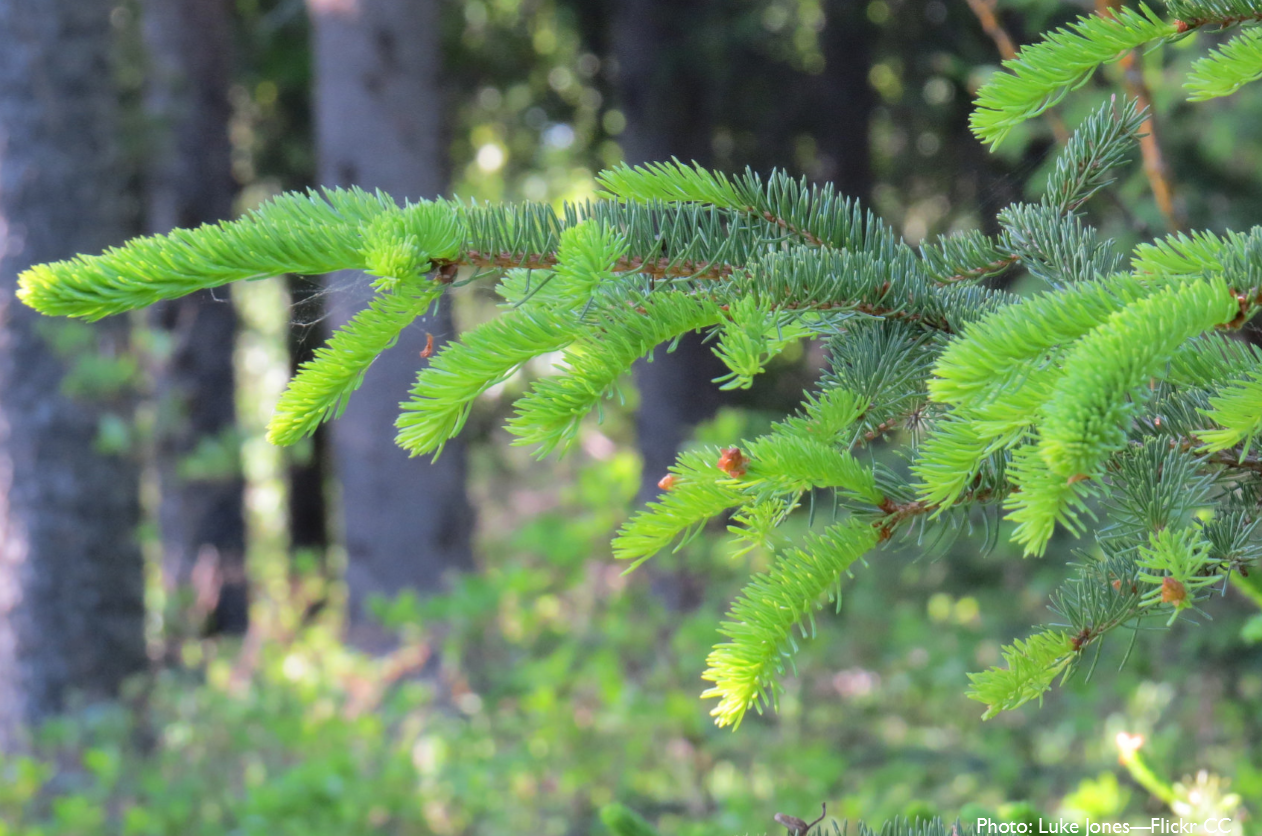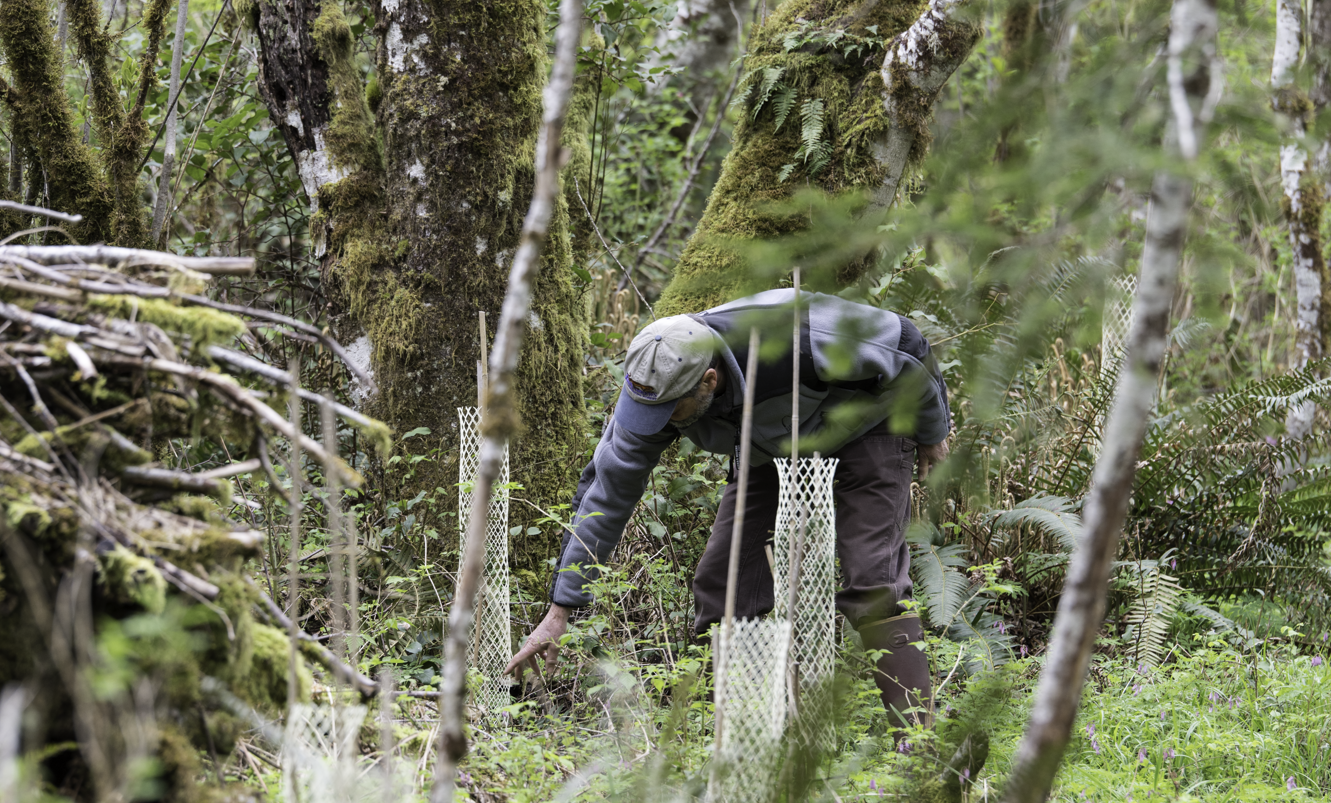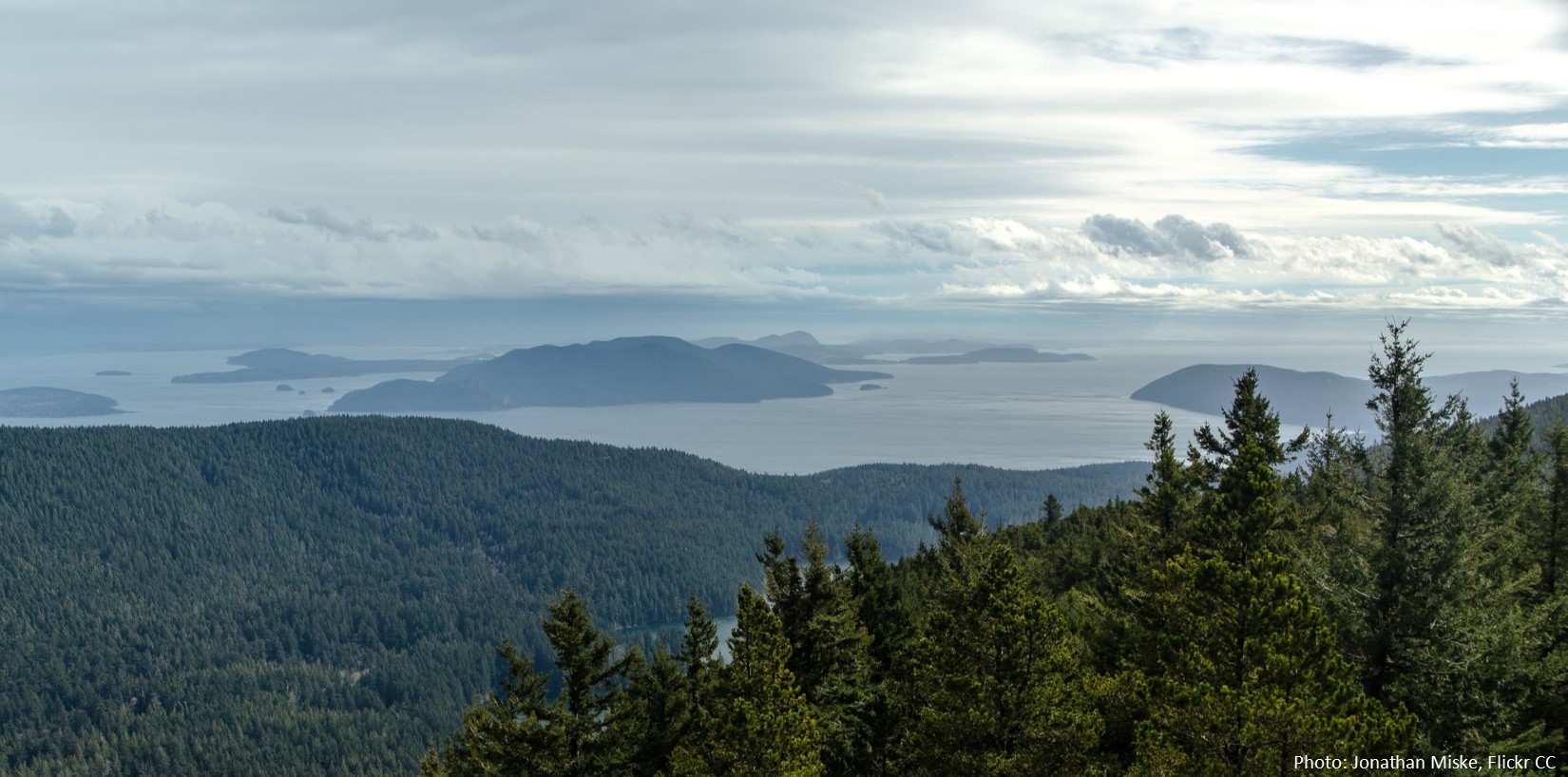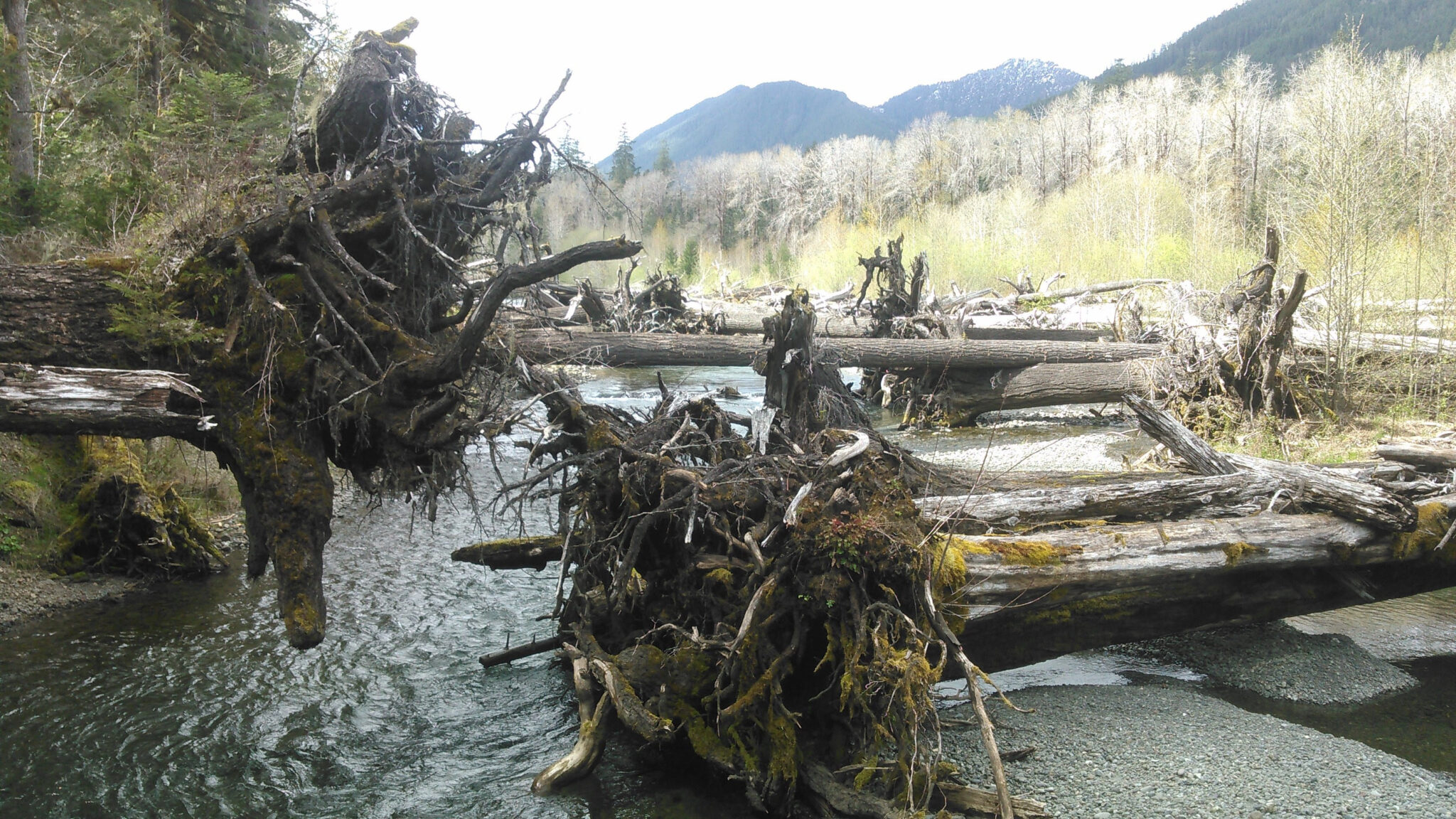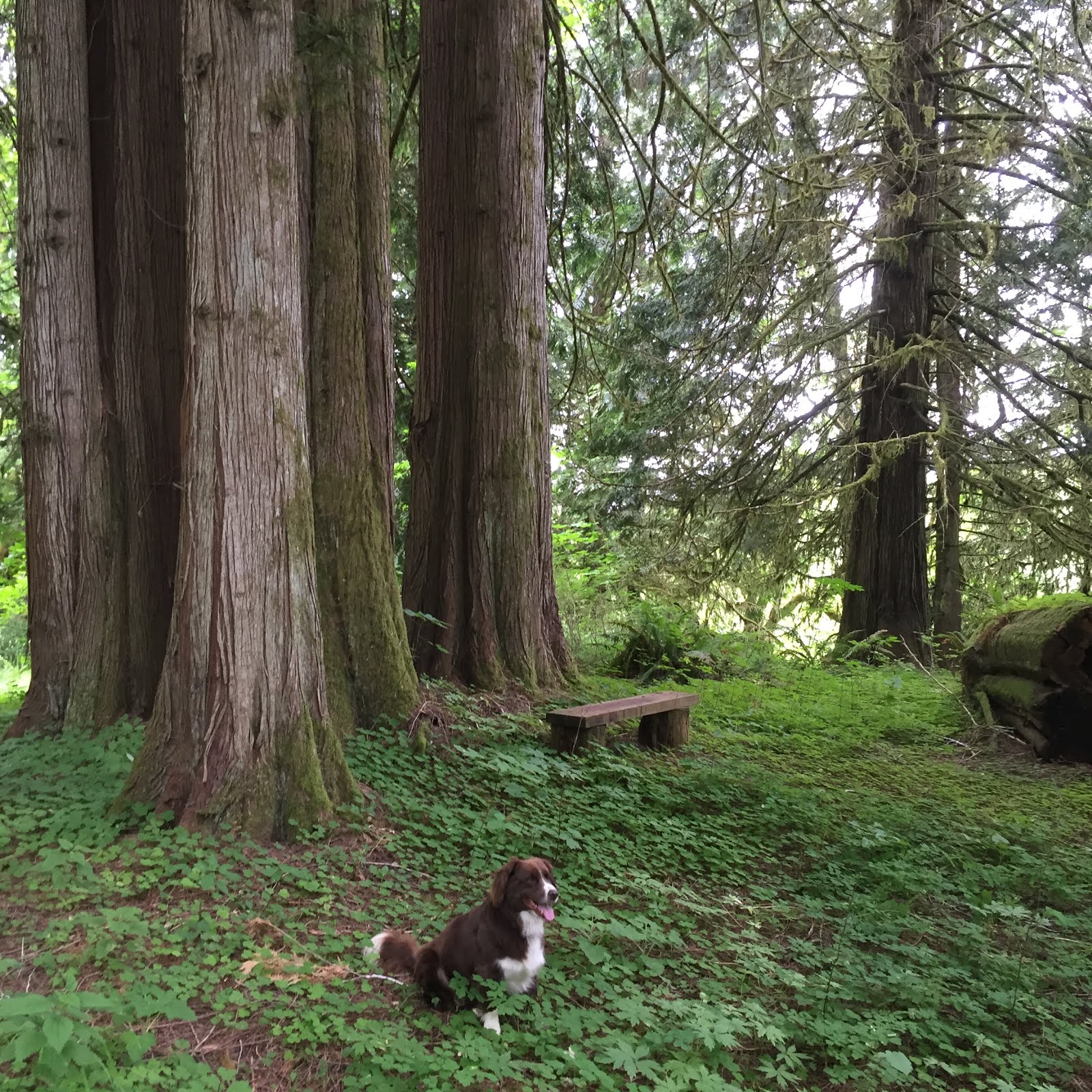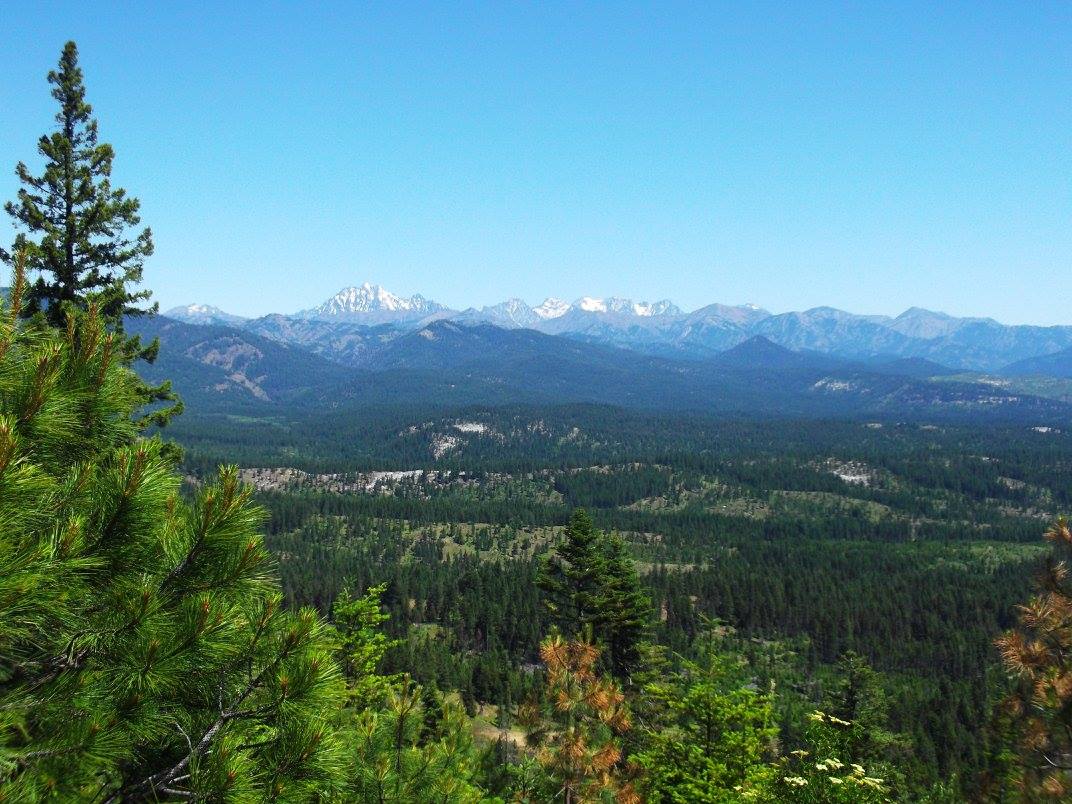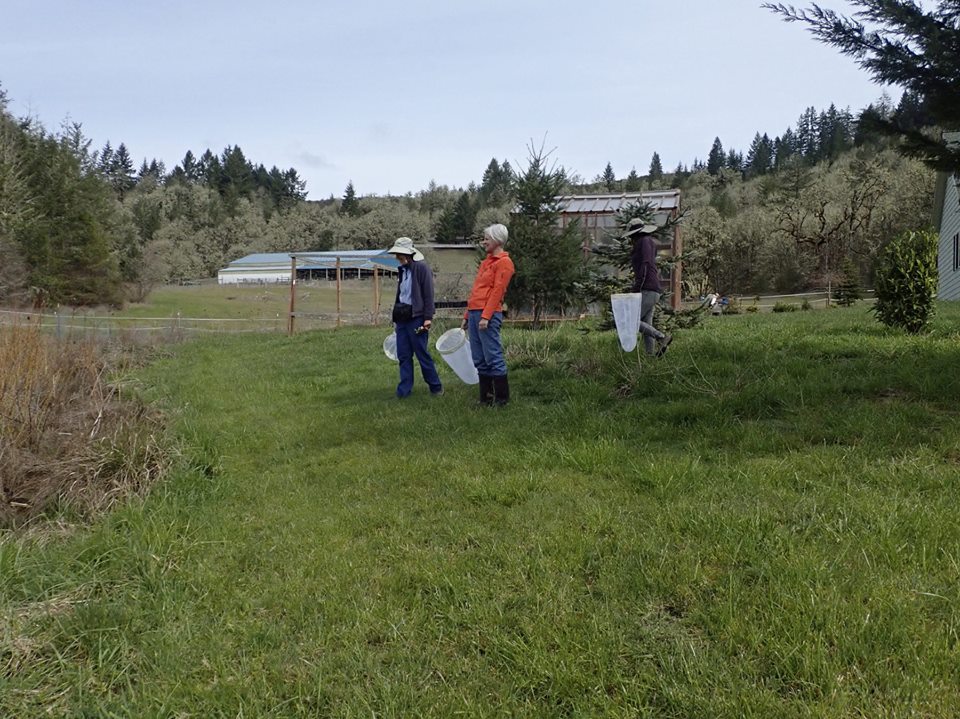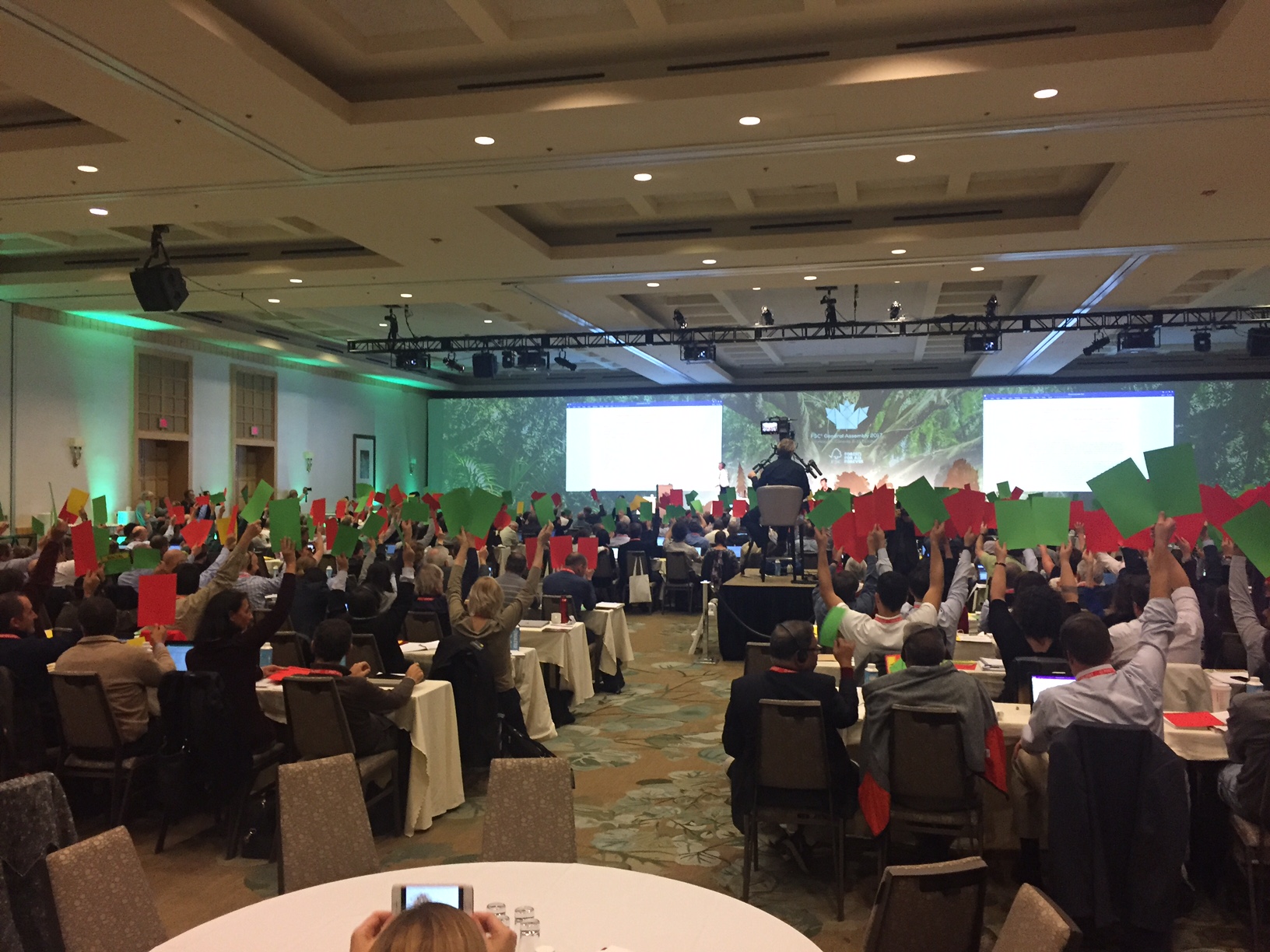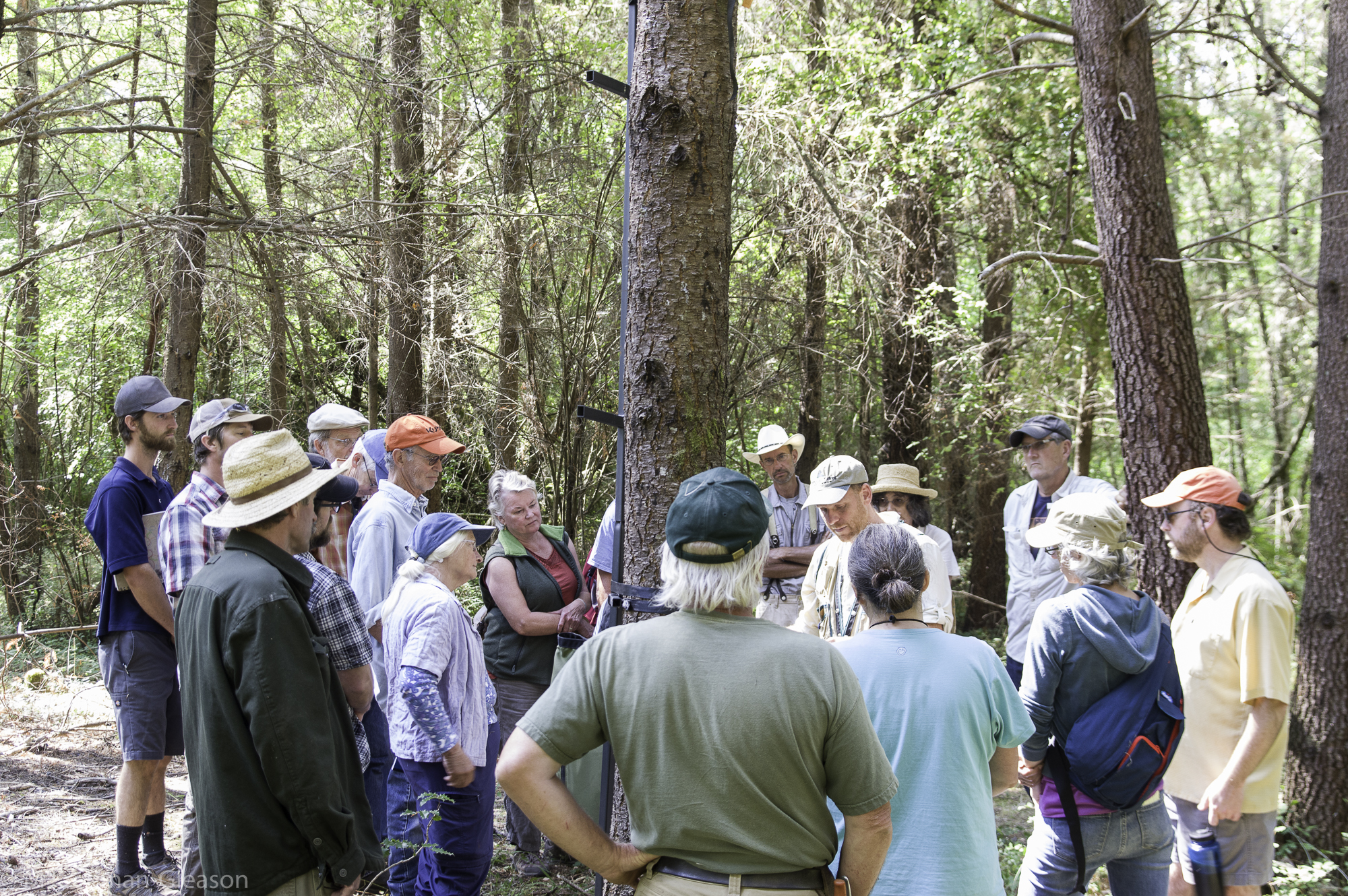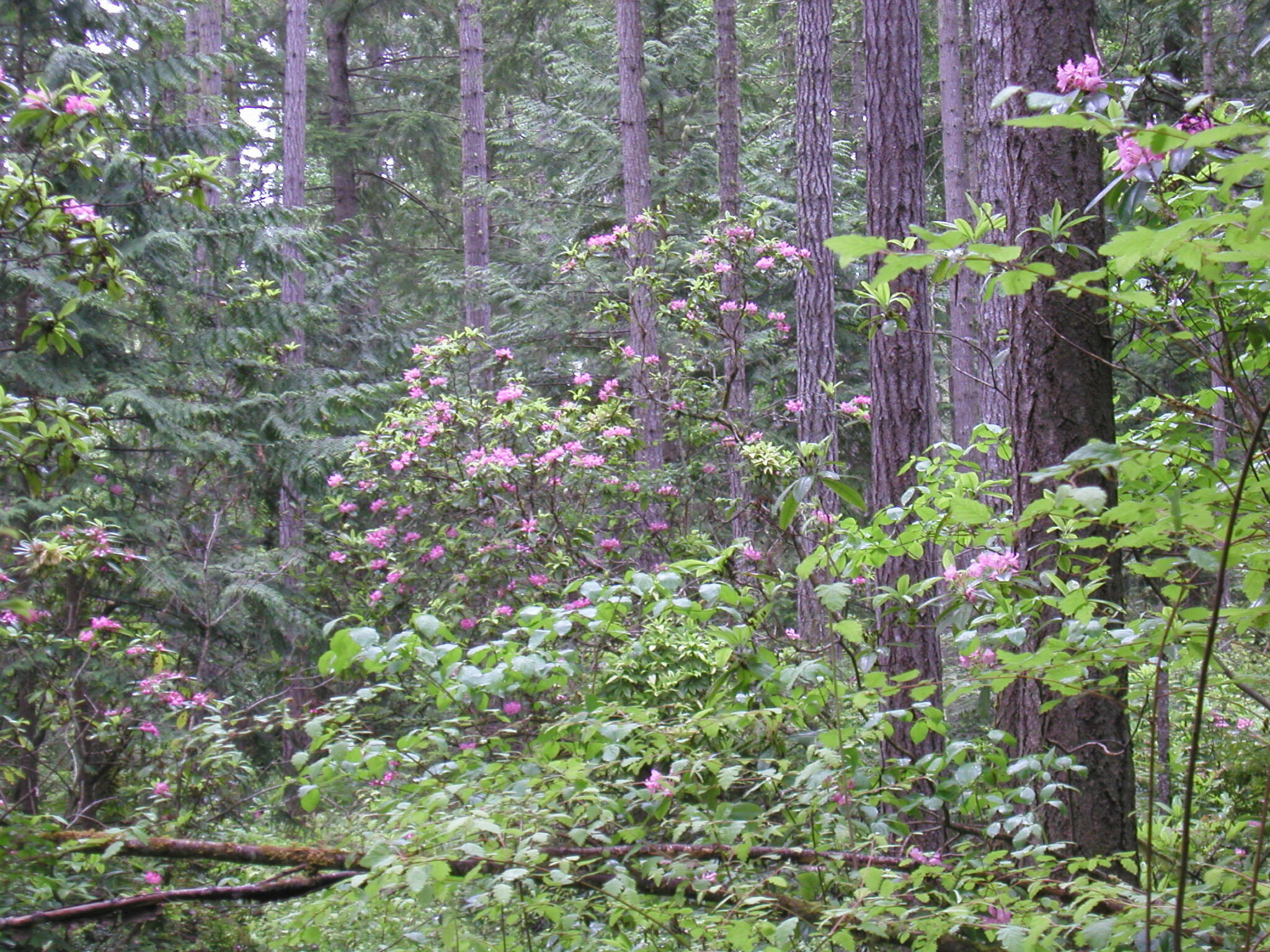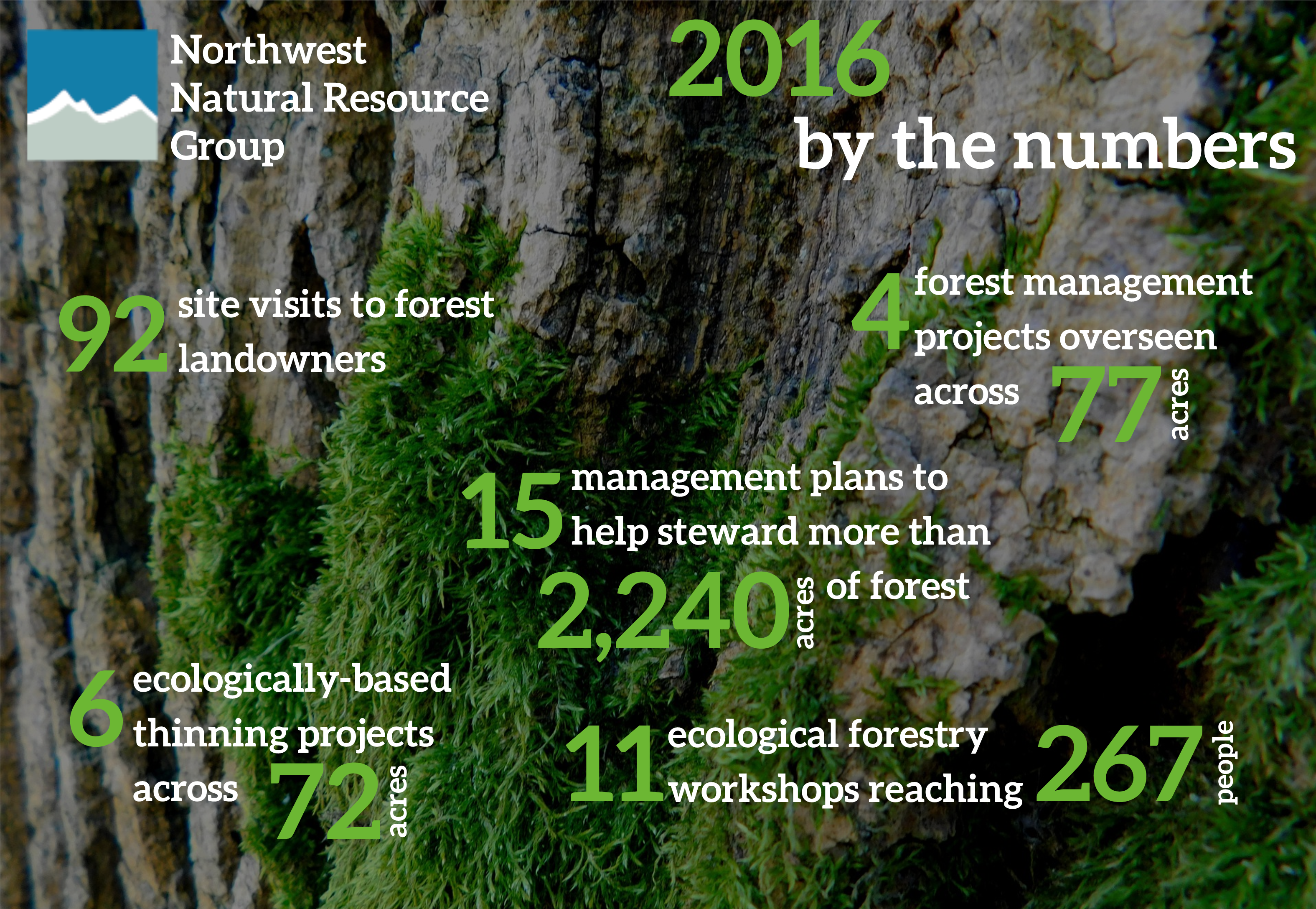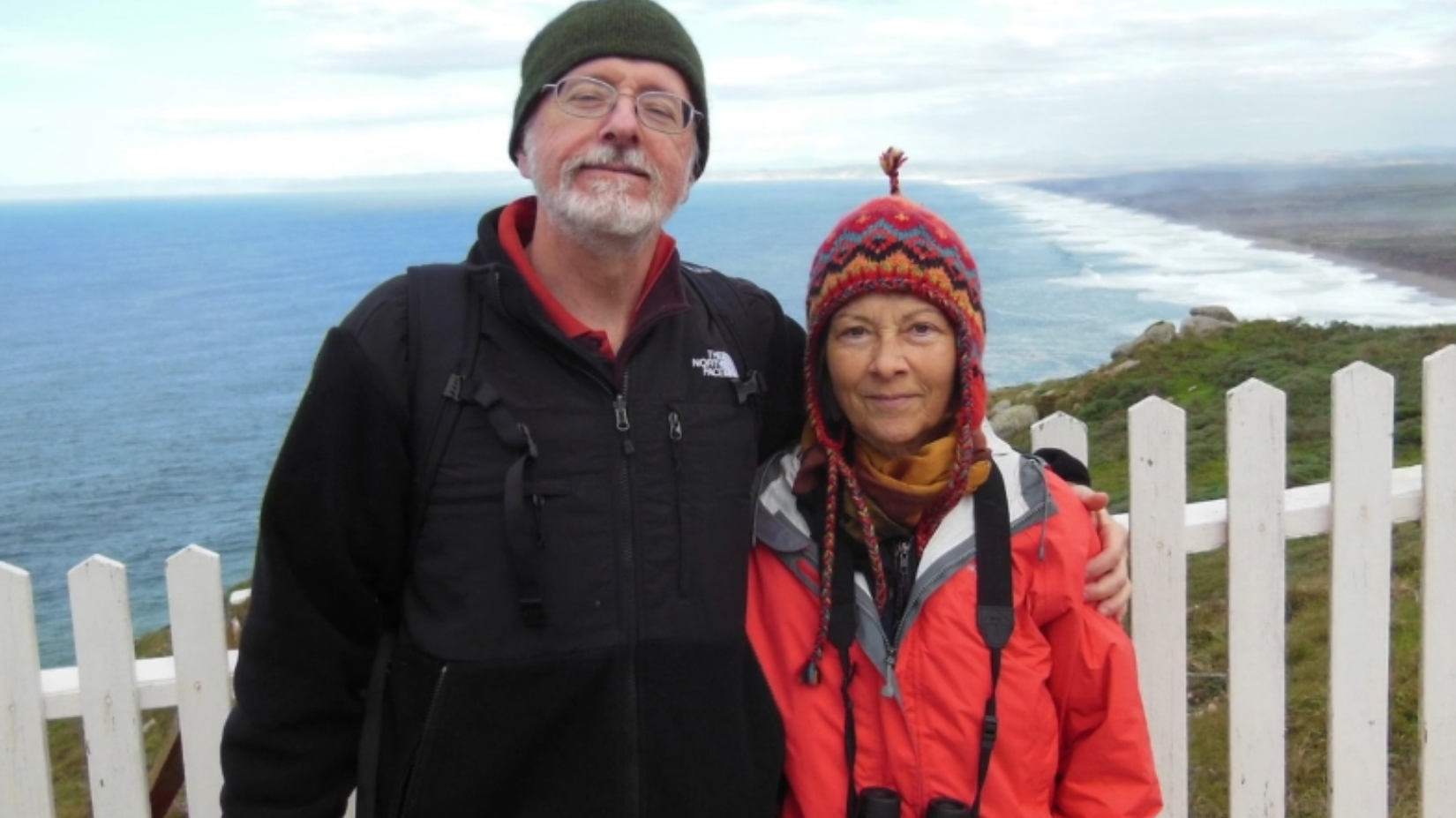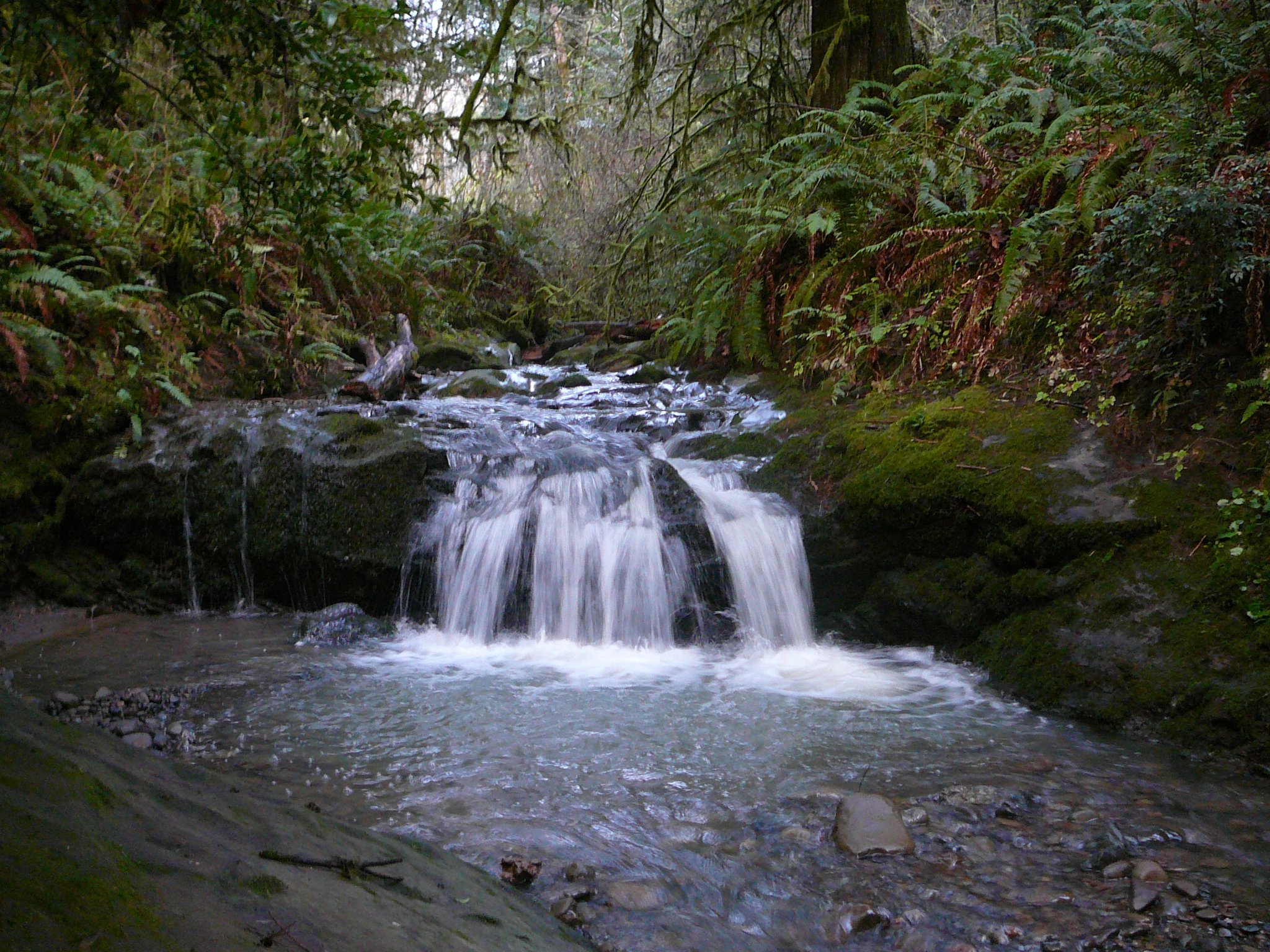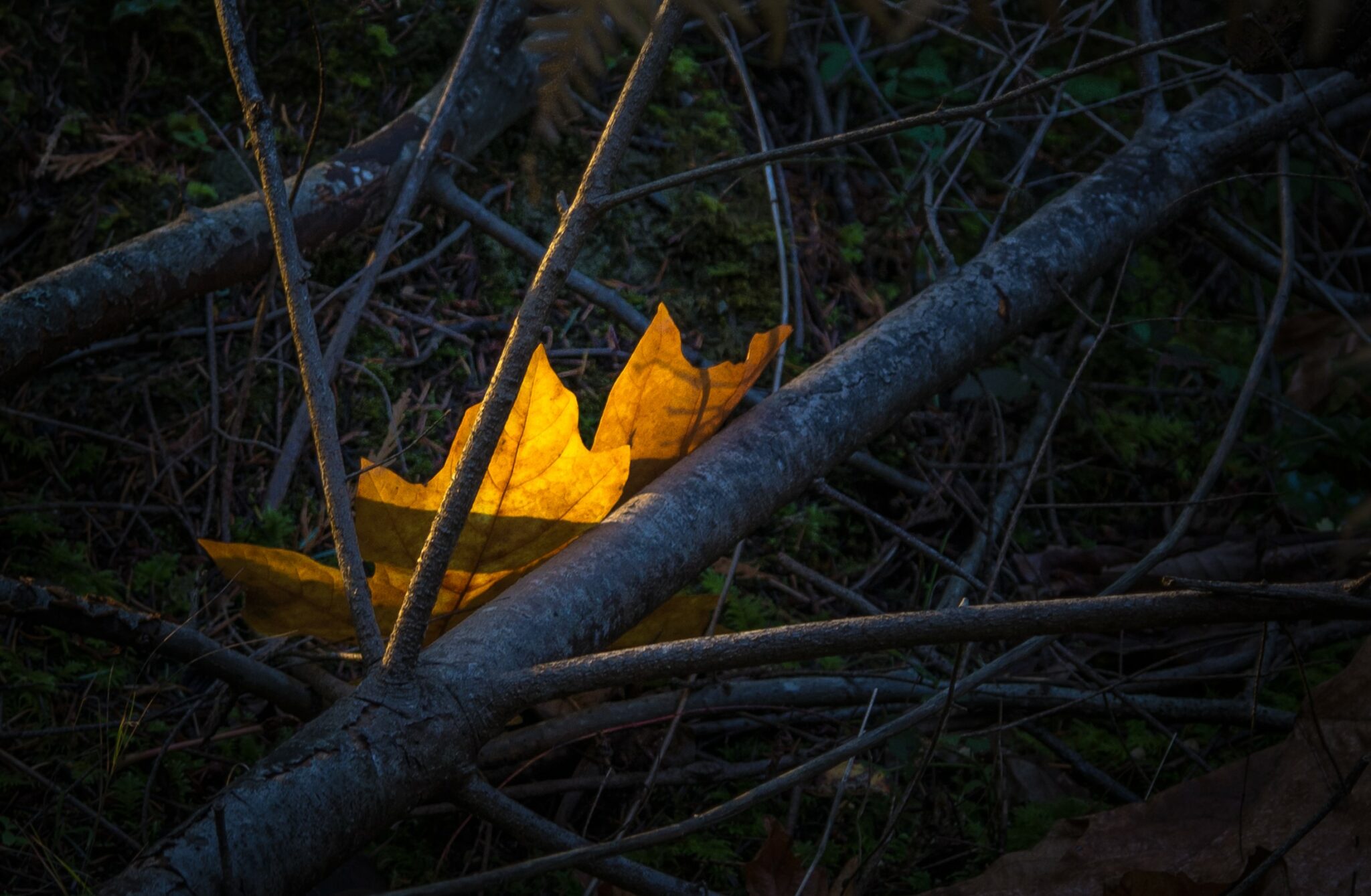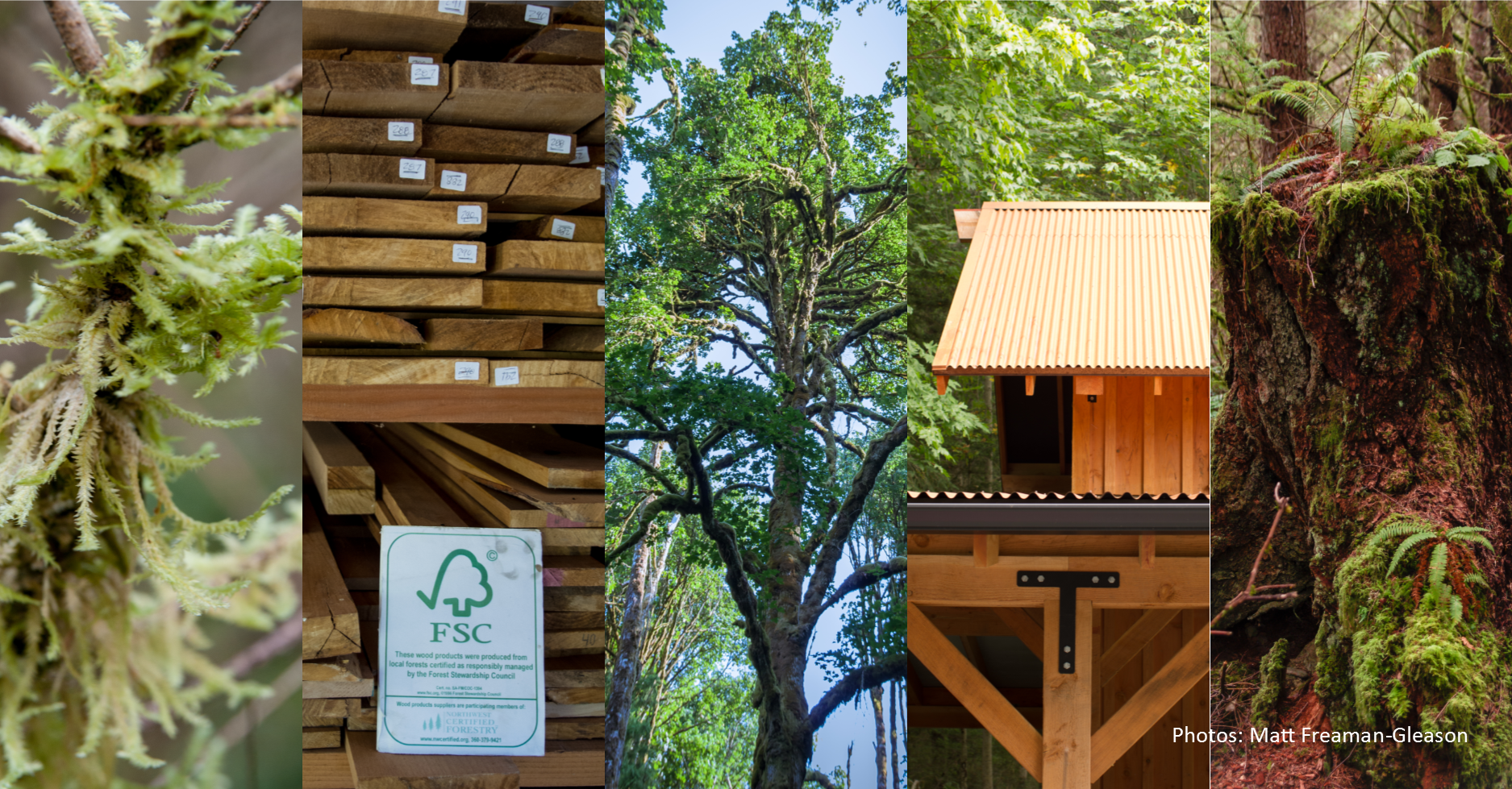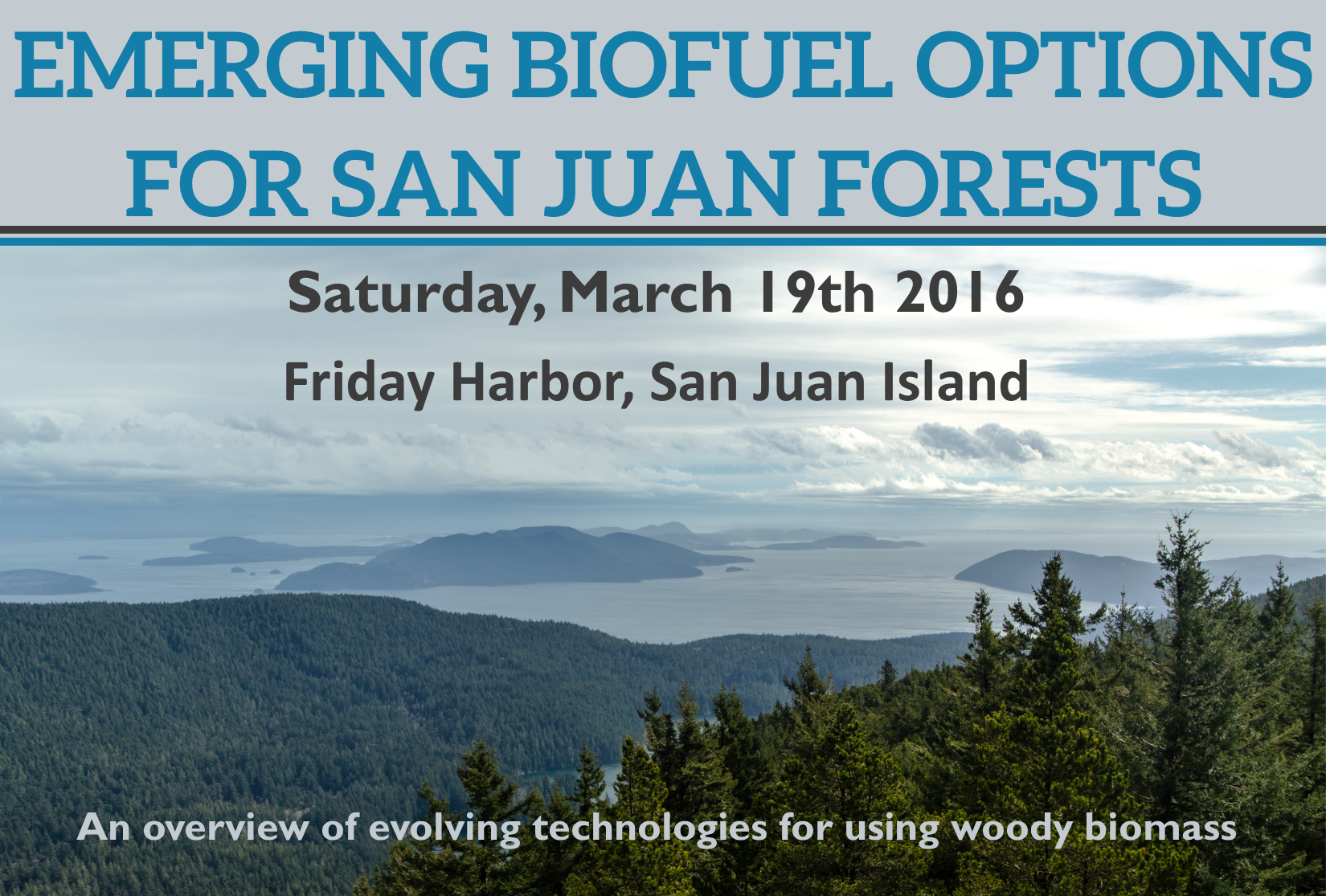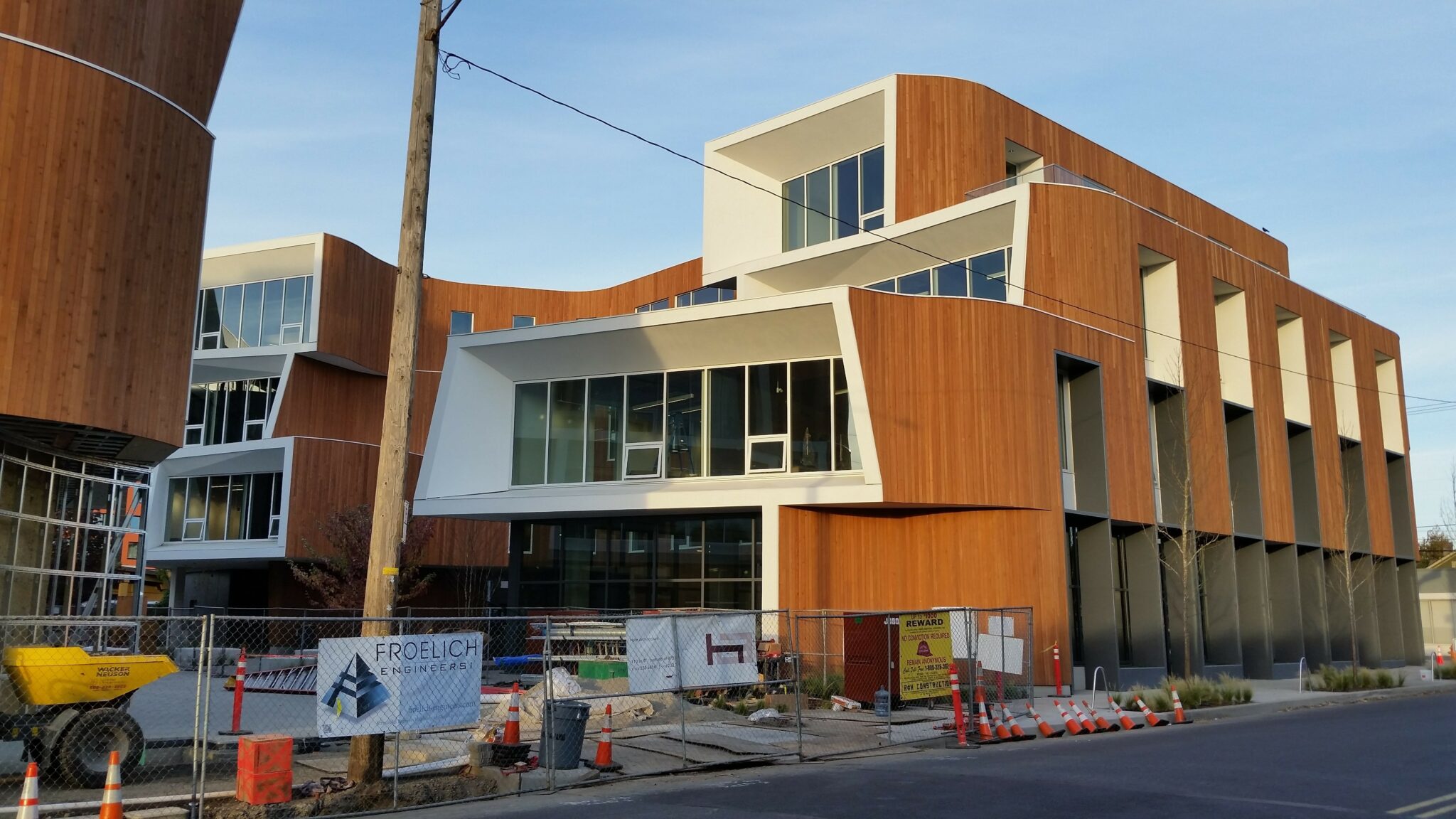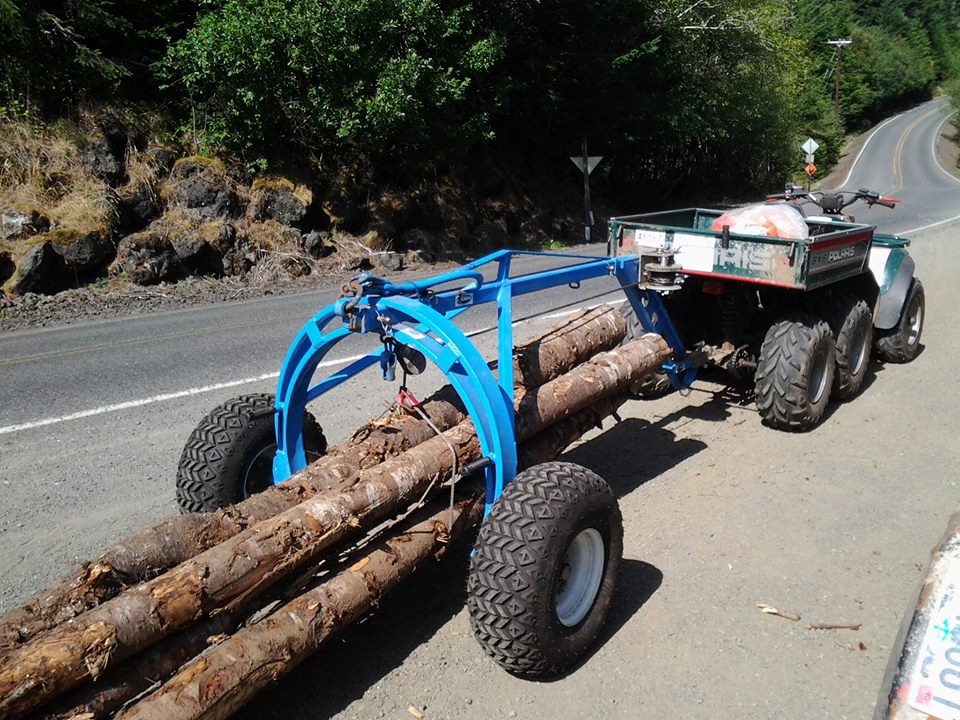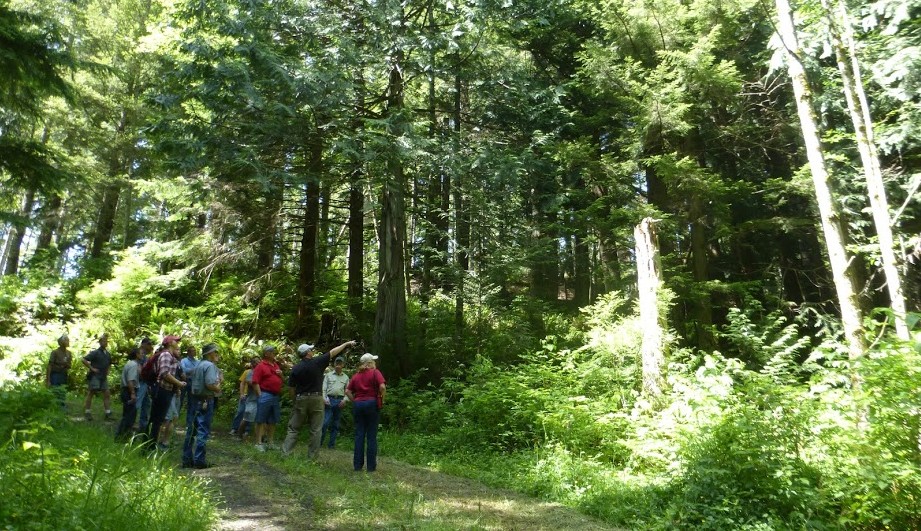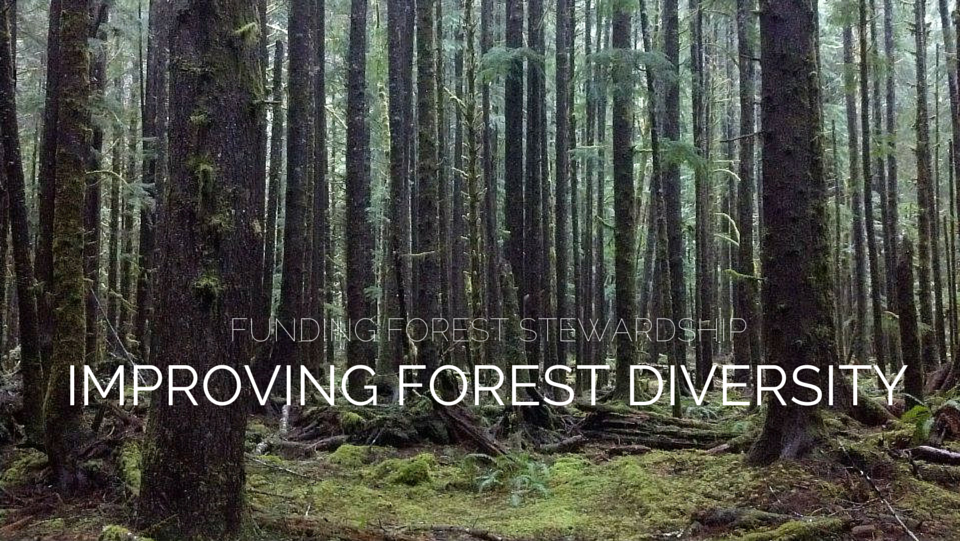It’s nearly officially spring, so get ready to greet the return of the growing season! Each season presents the best time to conduct different stewardship activities. Timing your forest management for the ideal season will help you achieve success and avoid setbacks. This page provides tips to help you make the most of stewarding your forest […]
Sustainable forest management
Helping Your Forest Through Dry Times
The drier and hotter years ahead don’t have to spell trouble for the forests you steward. From recognizing and responding to drought stress in trees to planting tree species from other regions, there are steps you can take to mitigate the impacts of climate change in your forest.
Using the SuperACE Tool for the Skokomish Tribe
Much of NNRG’s effort this spring has focused on our work for the Skokomish Tribe on the Tribe’s forestland located at the south end of Hood Canal. To help the Tribe achieve its management goals, we’ve completed a timber appraisal and are planning the first commercial thinning on tribal lands in a couple decades. NNRG is applying […]
Cedar Row Farm
Eve Lonnquist can often be found working in the woods, just like her grandmother, who bought Cedar Row Farm in 1919 for $2000 and planted its namesake row of cedars. Nestled in the Nehalem River foothills, the 160-acre forest is stewarded by Eve, her two brothers and her partner Lynn Baker. The family enjoys taking […]
Central Cascades Forest
The 46,000 acres of forestland spanning Snoqualmie Pass to Cle Elum known as the Central Cascades Forest (CCF) is now Forest Stewardship Council®-certified, through NNRG’s group certificate. It’s the Northwest’s largest jump in certified forestland since the City of Seattle’s Cedar River watershed earned FSC certification in 2011. The CCF is managed by The Nature Conservancy […]
Oregon Native Bee Atlas
Bees need our help. Just five years ago Oregon saw a major bee die off, and pollinator populations continue to decline around the world. “We have more species of bees in the Pacific Northwest than all the states in east of the Mississippi,” says Andony Melathopoulos, a pollinator ecotoxicologist with OSU. “We really want to protect […]
Forest Certification is a Global Movement
I’ll admit that I traveled to the worldwide General Assembly of the Forest Stewardship Council meeting last month in Vancouver, BC with a smidgen of skepticism. As I’ve re-immersed myself in ecological forestry since taking the helm at NNRG in June, I’ve been chagrined to learn that 15- and 20-year-old challenges are still dogging the […]
Woody biomass trainings to reduce risks in the San Juan Islands
Landowners in San Juan County are addressing the unique challenges of managing island forests for both ecological health and economic viability. NNRG and our partners have worked with many island forests, conducting one-on-one site visits, developing management plans, hosting tours and classes. Increasingly, landowners have sought instruction on how to manage their overstocked stands for improved forest health. They […]
Carbon Assessment for Forest Owners
NNRG is working with the USDA Natural Resources Conservation Service’s Regional Conservation Partnership Program (RCPP) to help unlock carbon markets for family forest owners. We recently completed a forest carbon assessment for our FSC-certified member Clyde Tree Farm. Prepared with data from this unique forest, the assessment offers a rough estimate of the current level […]
By the Numbers: 2016 Accomplishments
2016 was an incredible year for Northwest Certified Forestry members and the forests they steward. Because of the dedicated community of ecologically-minded woodland owners, Pacific Northwest forests are healthier, more resilient homes for wildlife and people alike. Here are some highlights of our year: Accomplishments: We hosted 11 workshops on ecologically-based forest management, precision tree-felling, forest […]
Stewardship: Just Call It Love
Christine Johnson (with her husband Terrigal) has loved forests all her life. As NNRG’s board chair, she helps us work to protect the health, resilience, and character of these incredible places, share her love of Northwest woodlands every step along the way. Her 10-acre, FSC®-certified forest on Waldron Island is a living testament to Christine’s stewardship. Learn more […]
Member Spotlight: Giving back to forest, creek, and community
Camp Myrtlewood brings together a community dedicated to stewardship, environmental education, and fellowship. Just a few miles upstream from the confluence of the Middle Fork Coquille River and Myrtle Creek, Camp Myrtlewood includes 124 acres of temperate rainforest that is Forest Stewardship Council® certified through NNRG’s FSC® group certificate. Tucked away in the Coast Range […]
Stewardship Assistance & Carbon Information for Family Forest Owners
The next application cutoff date is February 17, 2017 Northwest Natural Resource Group is collaborating with The Pinchot Institute for Conservation, the Natural Resources Conservation Service (NRCS), Ecotrust, and other partners on a USDA-funded project to unlock carbon markets for family forest owners. This program can provide landowners with an initial carbon assessment and a carbon inventory. The inventory measures how […]
Workshop: You Bought a Forest, So Now What? – April 23 & 30
Owning forestland has been your dream, but now that the land is yours where do you start? This workshop will introduce you to the natural history and ecology of western Washington and Oregon forests and provide key information for starting to assess and manage your land. You’ll also come away with a framework of ideas, […]
Workshop: Emerging Biofuel Options for San Juan Forests
Join us to learn about ways to improve your forest’s health and use low value wood! Register today: http://sanjuans-biofuels.eventbrite.com Often there are significant byproducts from forest management and restoration treatments that amount to slash and other woody biomass left on the ground. This low value material includes small diameter trees, limbs, needles, leaves, and other woody […]
From stump to Stumptown
The farm-to-table movement resonates with citizens of the Pacific Northwest. We shop at local farmers markets, participate in CSAs, buy eggs from our neighbors who raise chickens. We care so much about where our food comes from – and its well-being – that the show Portlandia pokes fun at us Oregonians and Washingtonians wanting to “meet the […]
Member Spotlight: Large woody debris & wetland restoration
In our Member Spotlight series, we highlight Northwest Certified Forestry (NCF) members who are improving ecosystem functions and who have cultivated forest products for unique and entrepreneurial purposes on their land and within their communities. In this edition, we introduce you to Digger Mountain Forestry-a Forest Stewardship Council® certified member of our group certificate, and Yankee Creek Forestry-an NCF Preferred Provider. Recently, […]
Growing biologically rich forests for wildlife and income
On a beautiful summer day in early June, woodland owners gathered inside the library at Sedro-Woolley High School for the Managing for Timber and Wildlife workshop. The more than 20 participants were there to learn from Rolf Gersonde and Ken Bevis, two experts in the fields of silviculture and wildlife biology. Rolf Gersonde, a renowned silviculturist and researcher […]
Funding Forest Stewardship – Enhance Forest Health
For updated cost-share funding offered through NNRG in 2024 click here. For the third installment in the Funding Your Forest series, we’re focusing on ways to improve the diversity and productivity of your forest. Stewarding a forest that is diverse in species, age and size classes, with appropriate stocking densities is beneficial to the entire […]

